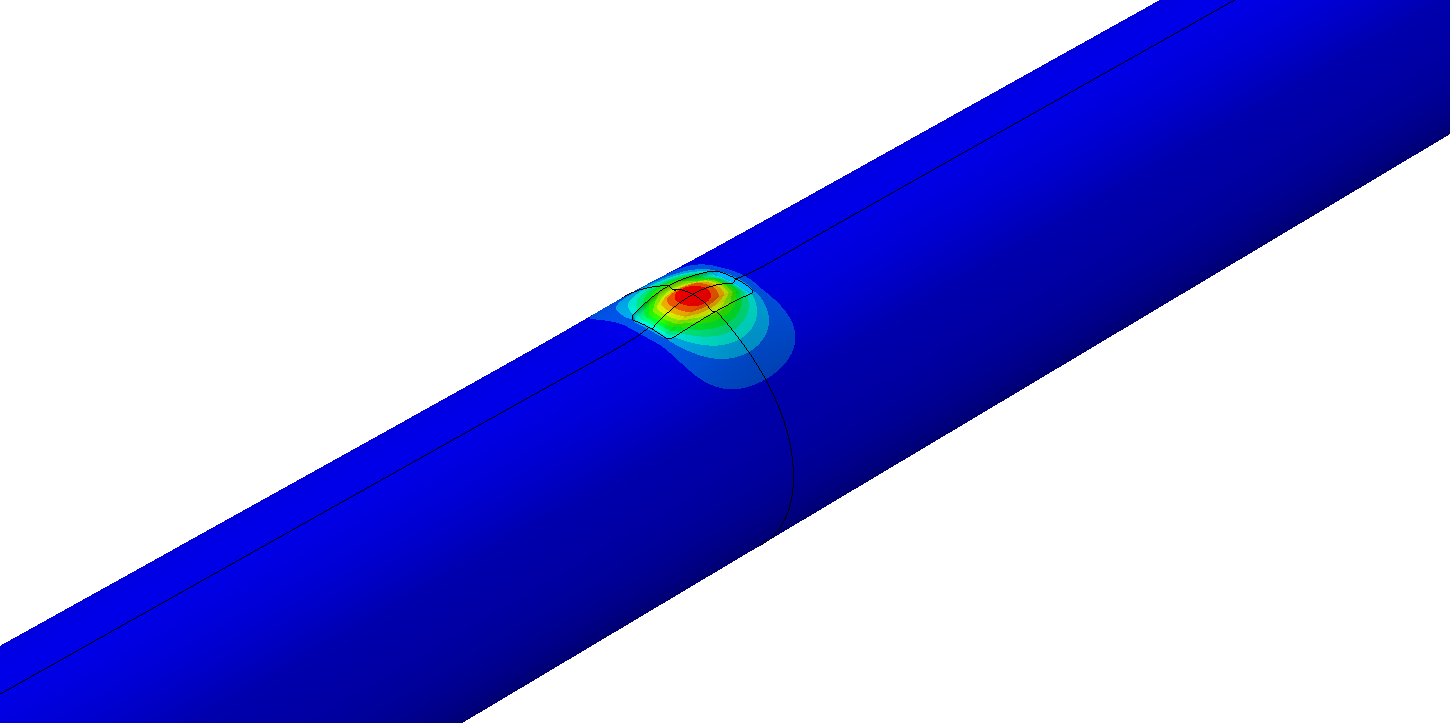Leveraging supercomputers in chemistry instruction at Mount Vernon Nazarene
Luiz Oliveira's undergraduate students use OSC's resources to explore the complex interactions of biomolecules and nanomaterials.
Luiz Oliveira's undergraduate students use OSC's resources to explore the complex interactions of biomolecules and nanomaterials.
Krishna Chinthalapudi's research into molecular motors requires the processing of large amounts of data. He and his team turn to the Ohio Supercomputer Center to turn days of computation into minutes.

TotalSim US, a computational fluid dynamics (CFD) consulting and solutions firm based in Dublin, Ohio, is helping the state of California certify fuel efficient and environmentally friendly tractor-trailers using resources provided by the Ohio Supercomputer Center (OSC).
Although many college students have access to a personal computer for their studies, it can be challenging for them to learn about how modern, complex computing systems are used in the science, engineering and technology fields without working with the systems directly.
Xia Ning has a large portfolio of research projects at The Ohio State University that focus on understanding how artificial intelligence can be used to solve issues in health care.
With a focus on plant and pollinator species, Colin Campbell, associate professor of physics at the University of Mount Union, studies how these groups interact with one another. Some interactions are mutualistic, where both species benefit, but other interactions are only beneficial for one species. The net effect of many interactions can result in stable or unstable communities, which can be modeled as networks.
Scientists know that plants emit chemicals into the soil to communicate information to other plants. These chemical messages, sent through fungal networks, may warn plants to defend against threats in their environment or to stop encroaching on another plant’s space.
The Ohio Supercomputer Center (OSC) will serve as a core collaborator in the new NSF AI Institute for Intelligent Cyberinfrastructure with Computational Learning in the Environment (ICICLE), one of 11 such Artificial Intelligence (AI) Research Institutes created as part of a $200 million grant announced today by the National Science Foundation (NSF).
The Ohio State University Molecular and Cellular Imaging Center (MCIC) serves as a shared technology laboratory to facilitate research in microscopy, genomics and bioinformatics. Since its founding in 2000, the center has grown into a data-intensive operation that has thrived in partnership the Ohio Supercomputer Center (OSC).